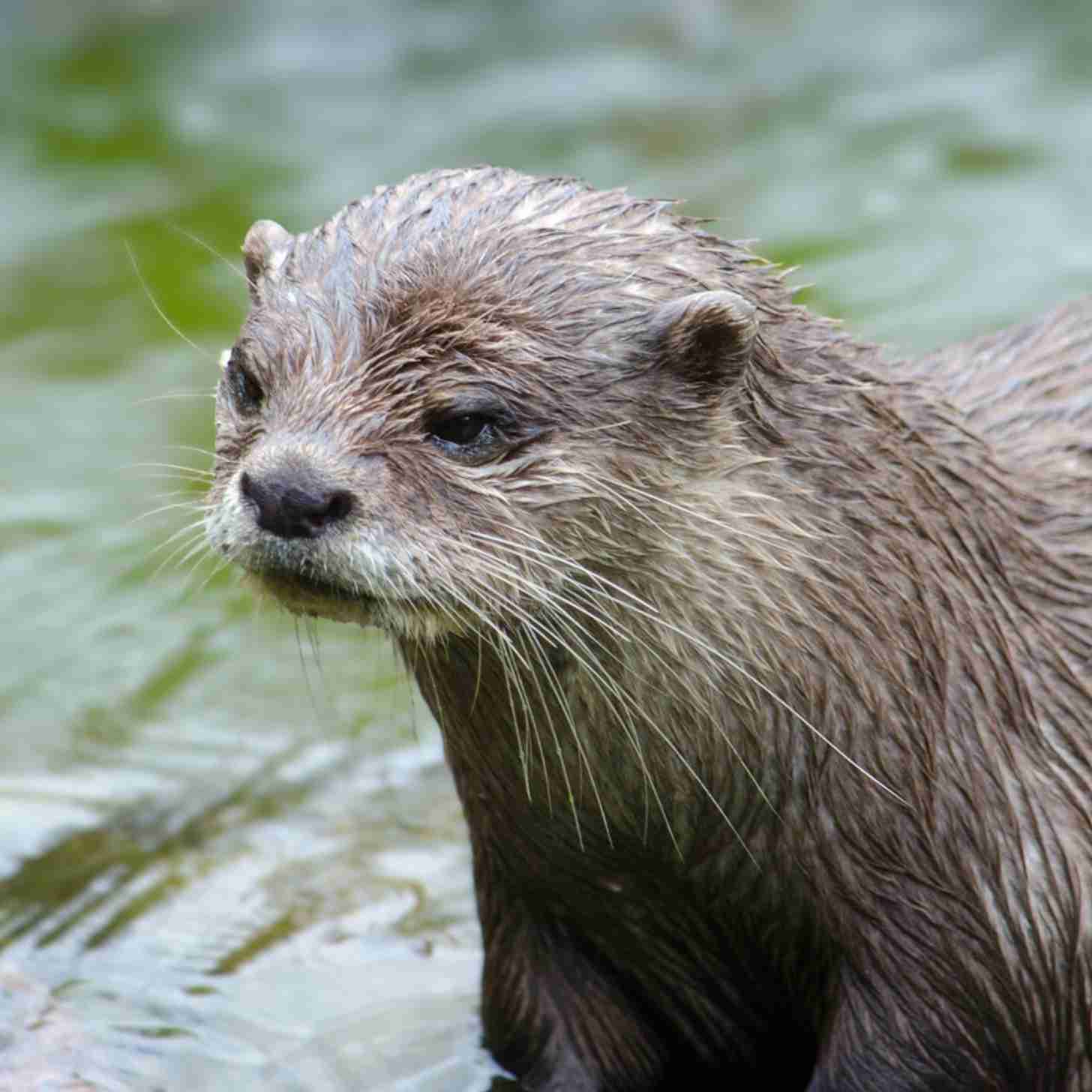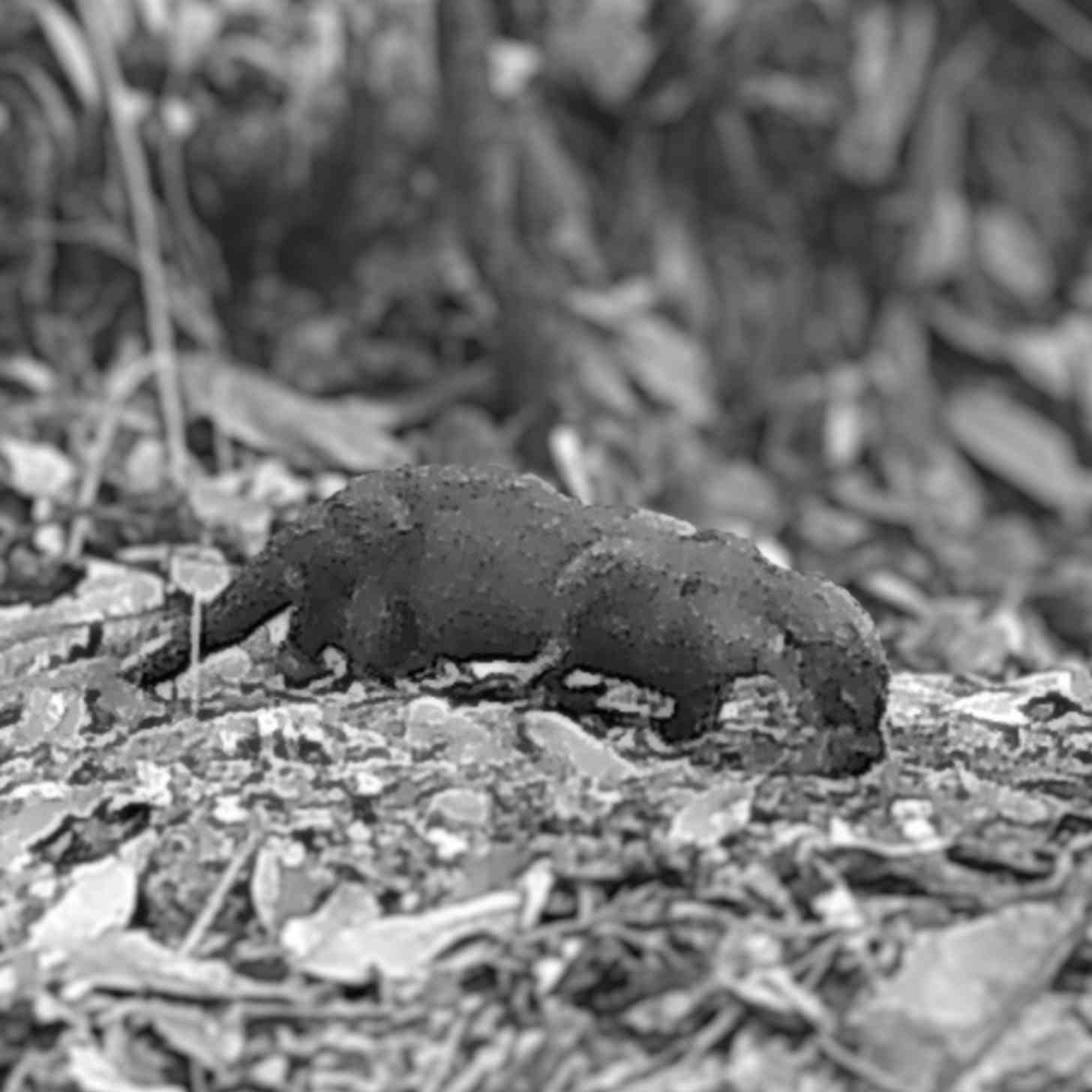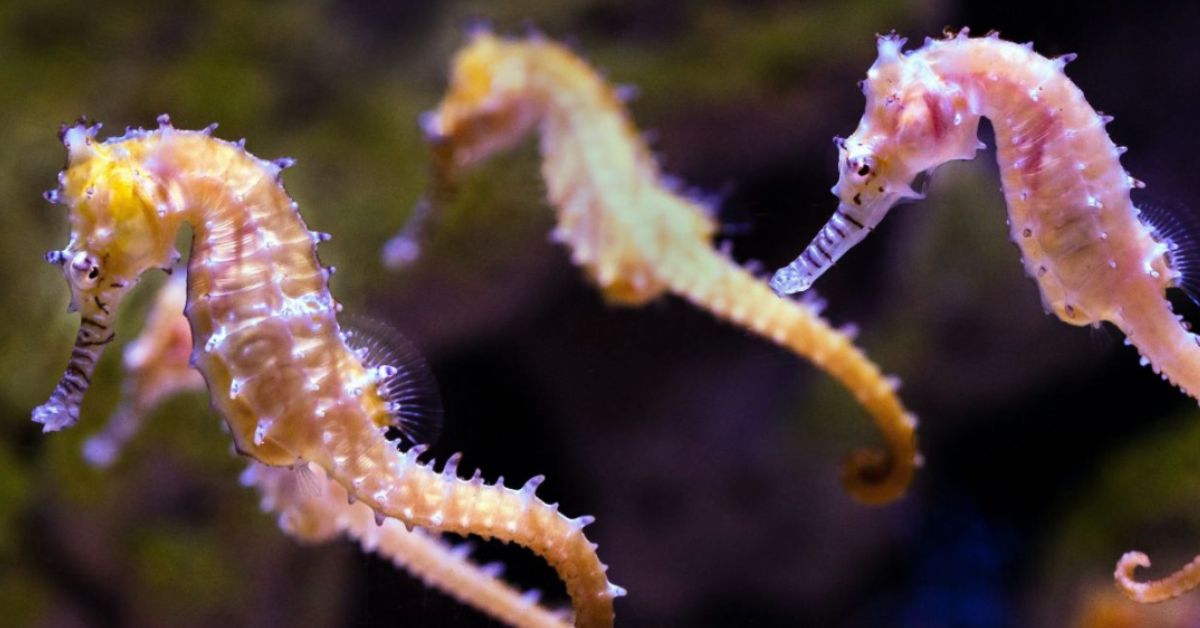Recently, the big cat conservation organization Panthera strategically placed hidden trail cameras throughout Tangkulap Forest Reserve in Malaysia.
Their goal: capture the elusive, and endangered, flat-headed cat on camera.
Instead, they found stunning proof that the Eurasian otter — long thought eradicated in the region — was alive and well.
It marked the first sighting of the species in 11 years.
“This remarkable sighting was actually an unexpected discovery made during a survey conducted by Panthera,” Thye Lim Tee, the project coordinator for Panthera Malaysia, said in a press release.
“Remote-sensing cameras, often called camera traps, were strategically placed,” Lim said, “and during this survey, they captured the first photographic evidence of the Eurasian otter in Malaysia since 2014.”
“This shows how dedicated research, even when targeting one species, can lead to groundbreaking findings about the broader biodiversity of an ecosystem.”
Lim explained that it was not uncommon for local otters to be photographed on trail cameras and sorted into “by-catch” files in Pathera’s general archives.
But the team at Panthera knew almost immediately that this otter sighting was special.
“This otter data was specifically re-examined and compiled in collaboration with the Malaysian Otter Network,” Lim said.
“This focused review was undertaken in preparation for a presentation on the endangered hairy-nosed otter at the International Otter Congress, which was held in Peru from February 24-28, 2025,” Lim noted.
“It was during this rigorous review process for the Congress that the IUCN Otter Specialist Group scrutinized our collection of ‘unidentified otter’ images, leading to the definitive confirmation of the Eurasian otter's identity in the photograph.”
The Malaysian Nature Society established the Malaysia Otter Network in 2020. In the last five years, they’ve been working closely with the International Otter Survival Fund to drive otter conservation efforts in Southeast Asia.
“We hold regular meetings and often share information and exchange data on otters,” Ahmad Ismail, the president of the Malaysian Nature Society, told Free Malaysia Today. “We also hope to create more public interest so that there’ll be more activists and citizen scientists.”
“Since otter conservationists around the world face common issues, networking and collaboration is important,” Ismail added.

The Malaysian Nature Society has also been pivotal in monitoring otter movements in local regions and supporting critical studies on the species through the Malayan Nature Journal.
In June, researchers Jayasilan Mohd-Azlan & Sally Soo Kaicheen published data in the scientific journal, attributing the regional decline of otters in Sarawak, Malaysia to extensive habitat loss.
“Otters are often considered as bioindicator species in protecting wetlands due to their sensitivity to environmental degradation, including poor water quality, reduced aquatic food quality, and habitat disturbance along water bodies,” Mohd-Azlan and Kaicheen wrote in the Malayan Nature Journal.
“This ecological vulnerability is only further exacerbated by the decline of peatland habitats in Malaysia. Only around 2.2% of petland remains, further threatening wetland specialists like otters.”
In their study, Mohd-Azlan and Kaicheen expressed the urgency of otter conservation, especially for Eurasian otters.
“Otters are among the least-studied species in Malaysia, with limited knowledge concerning their ecology,” the researchers emphasized.
“The scarcity of records highlights the need for further research and conservation efforts for otters in Malaysia.”
Chee Yoong, of the Malaysia Otter Network and IUCN Otter Specialist Group Otter Specialist Group agreed that otters play “a huge role” in the freshwater ecosystem of Tangkulap.

“The discovery of the fourth species in Tangkulap indicates the habitat is abundant in prey and serves as a safe refuge — potentially for many other wildlife species as well,” Yoong said. “It is essential to conserve these species, especially in the face of habitat fragmentation.”
As zoologists around the world collect further data on the semi-aquatic animals, Panthera underscored the importance of the recent Eurasian otter sighting.
“The discovery of the Eurasian otter in Tangkulap is especially significant because it uniquely designates this site as the only location in Malaysia known to support all four of the country's otter species,” Lim said, referring to the smooth-coated otter, hairy-nosed otter, and Asian small-clawed otter species also native to the region.
“This distinction alone emphasizes its great ecological importance and confirms its role as a key conservation priority.”
You may also like: Rare 'buffalo bear' species captured on trail cameras in Thailand
Header image via the Sabah Forestry Department
.jpg)


